Museum of Fine arts Houston design by Steven Holl Architects #architecture

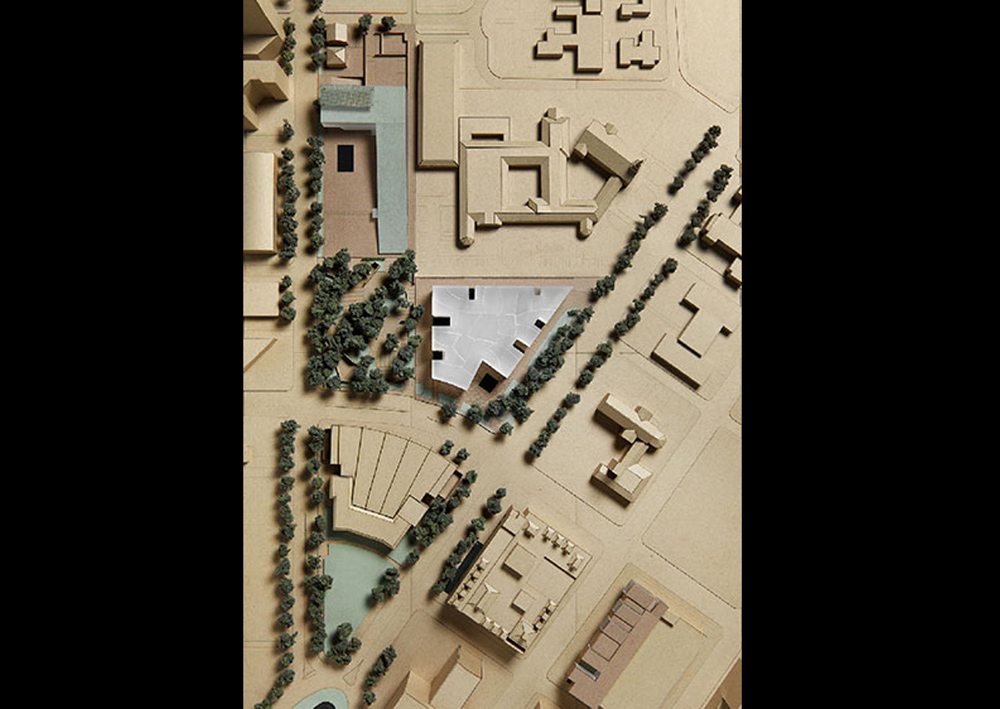
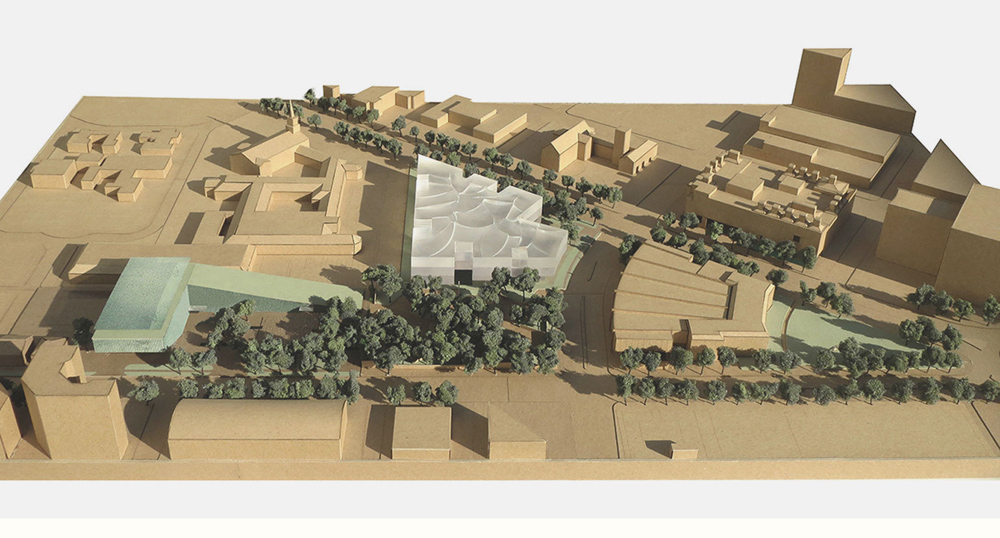
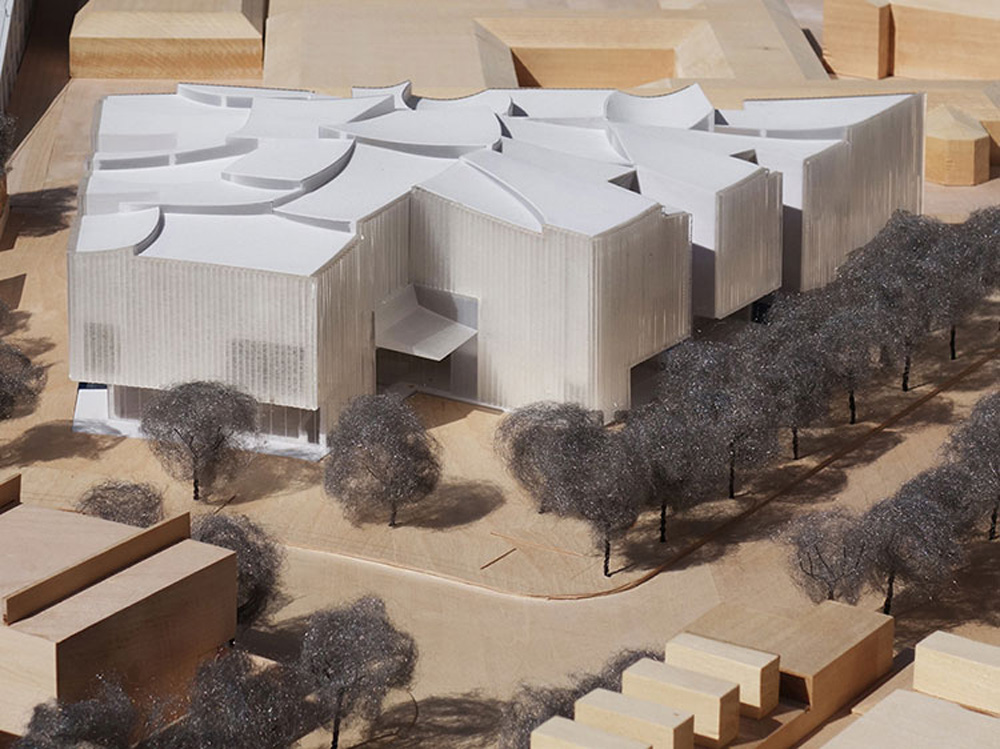




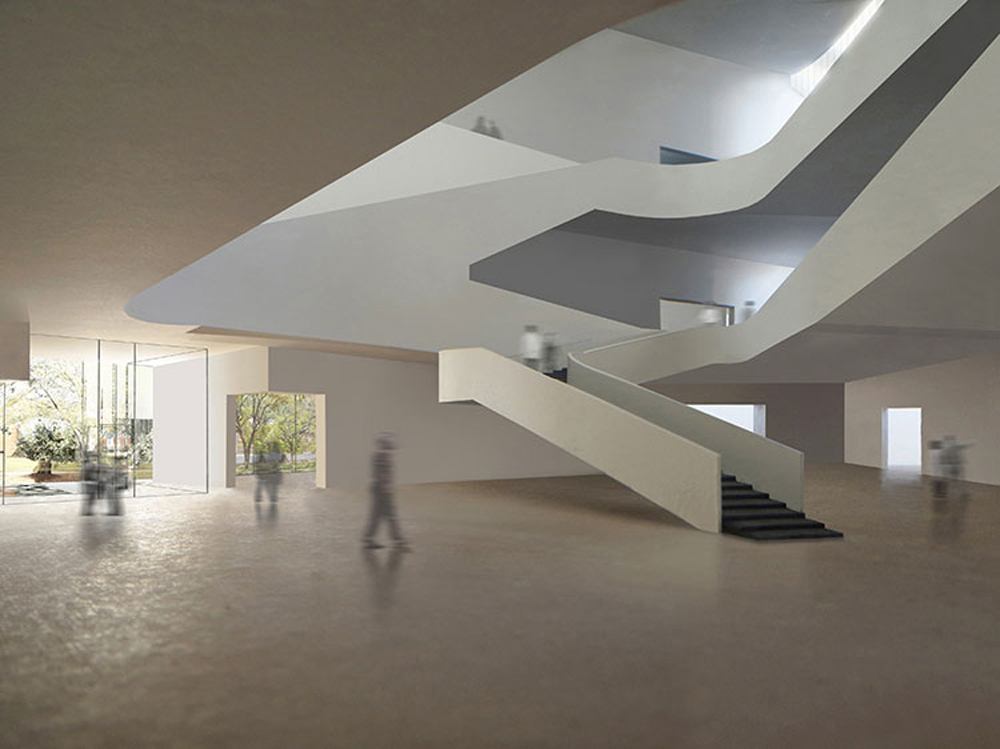



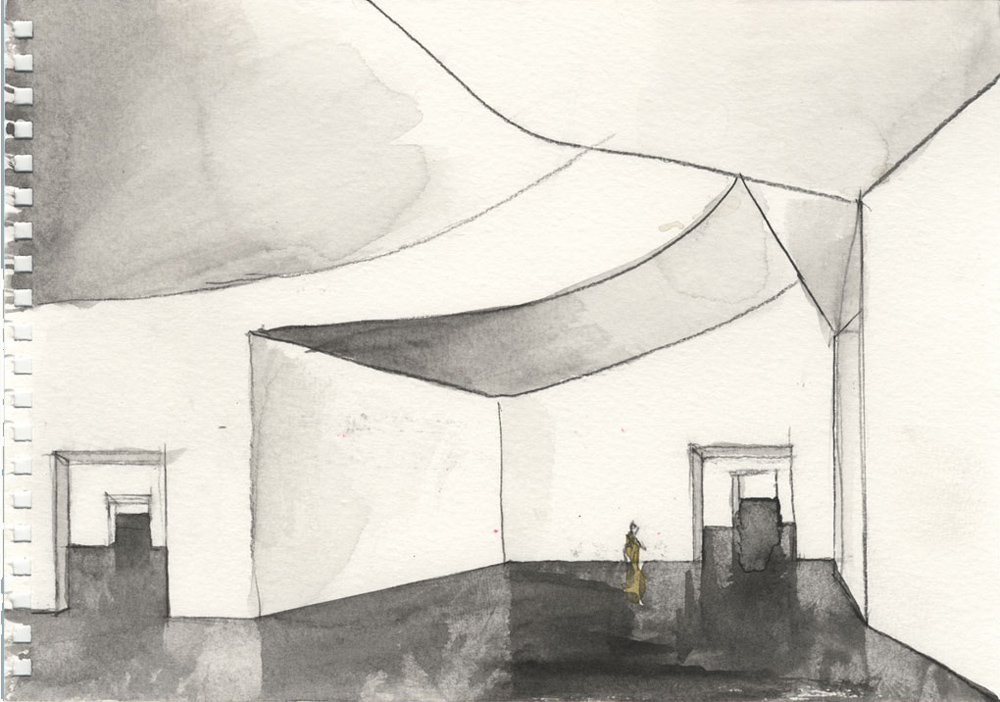
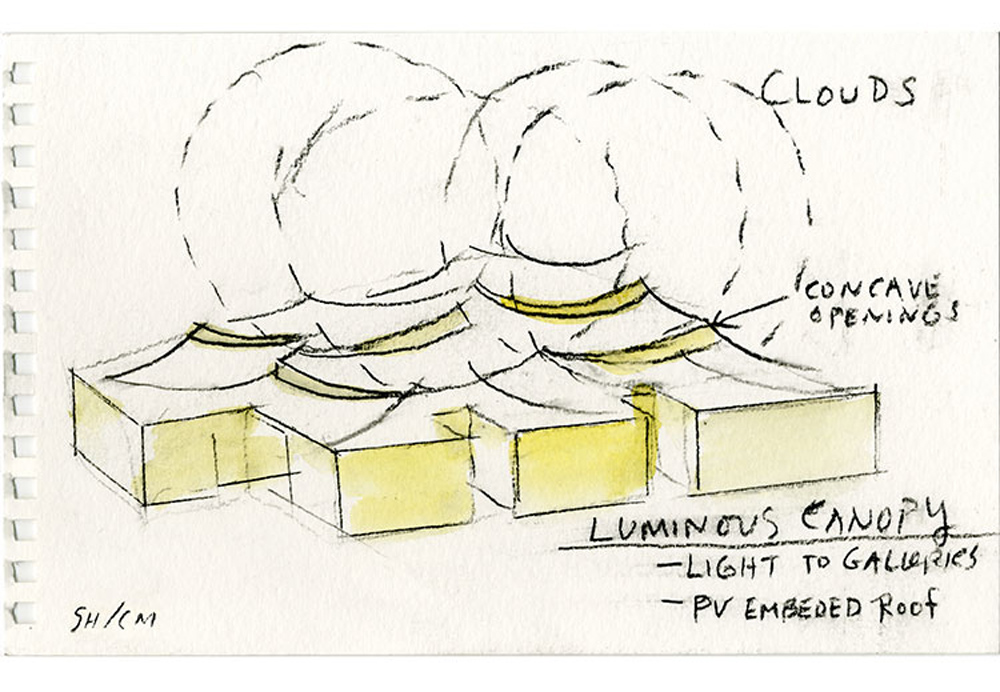
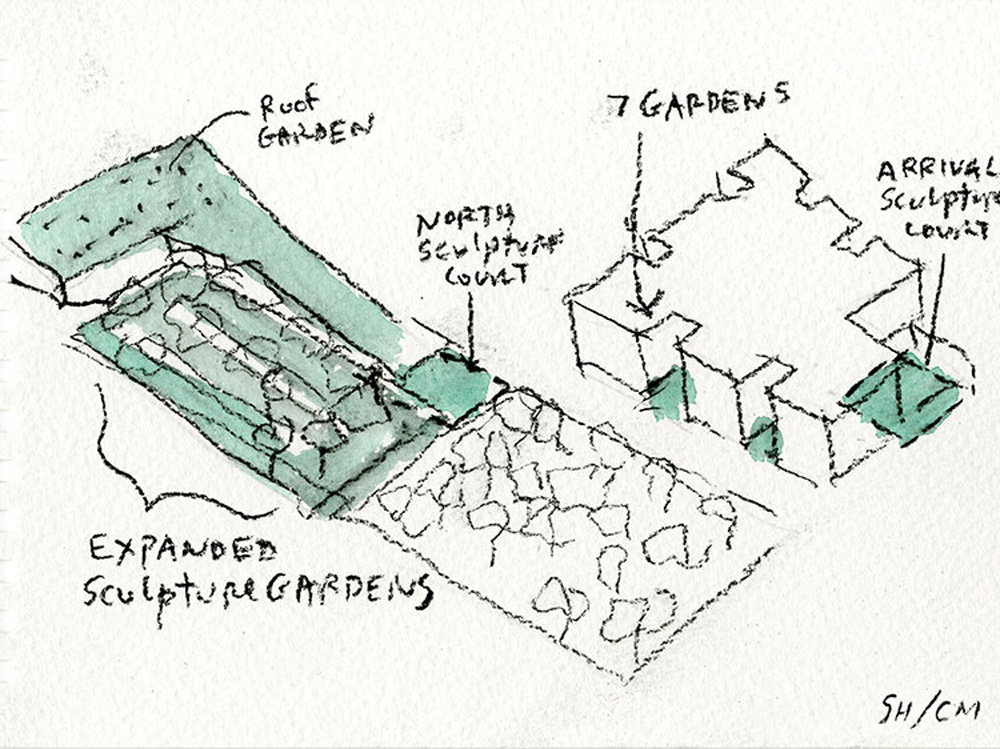

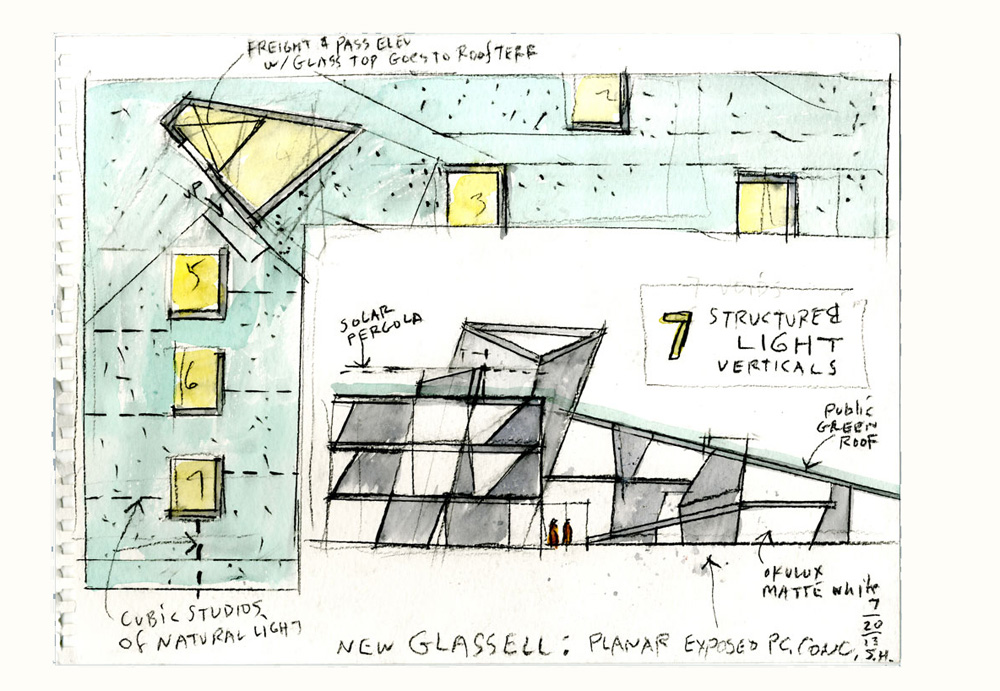
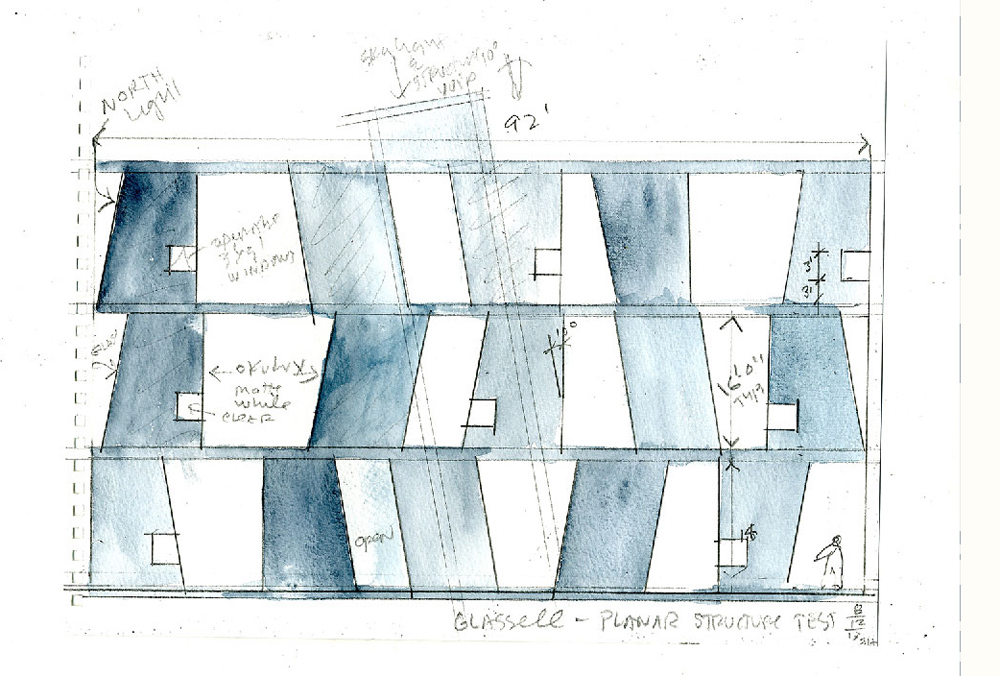
Architect: Steven Holl Architects - Steven Holl, Chris McVoy (design architects); Olaf Schmidt (senior associate); Filipe Taboada, Rychiee Espinosa (project architects); Xi Chen, JongSeo Lee, Garrick Ambrose, Vahe Markosian, Maki Matsubayashi, Elise Riley, Alfonso Simelio, Dimitra Tsachrelia, Yasmin Vobis, Christina Yessios, Yiqing Zhao (project team)
Associate architects: Kendall/Heaton Associates
Location: Houston, TX, United States
Program: Museum addition
Structural engineer: Guy Nordenson & Associates
MEP engineer: ICOR Associates
Climate engineers: Transsolar Lighting consultant: L'Observatoire International
5 STRATEGIES CAMPUS: INTEGRAL EXPERIENCE POROSITY: SEVEN POROUS GARDENS / SOCIAL SPACE LIGHT: LUMINOUS CANOPY CIRCULATION: GALLERY ROOMS AND OPEN FLOW ARCHITECTURE: COMPLEMENTARY CONTRAST CAMPUS: AN INTEGRAL EXPERIENCE Today the Museum of Fine Arts, Houston, has a unique chance to expand and unite its campus as an integral experience open to the community. We envision a new horizontal extension of landscape as a unifying character of the entire Fayez S. Sarofim campus. The new 164,000-square-foot museum building shaped by gardens of horizontal porosity is open on all sides. A public plaza will be integrated with the new 80,000-square-foot Glassell School of Art. To realize a horizontal campus unity, all parking will be below ground. Visitors arriving by car will begin the museum experience in a lower arrival hall and sculpture court, directly connected to the new lobby and the Caroline Wiess Law Building. The Lillie and Hugh Roy Cullen Sculpture Garden by Isamu Noguchi is horizontal and slow-moving. We envision the new Brown Foundation Plaza as a space of activity, complementing these spaces of contemplation and reflection, extending the inspiring character of the new MFAH all along Montrose Street. All the street edges of the museum building will be open and inviting, celebrating qualities of an urban campus. A NEW GLASSELL SCHOOL OF ART The new Glassell School of Art brackets the Brown Foundation Plaza and extends the campus landscape onto the roof culminating in a trellised roof garden. The building is made of exposed planar structural pieces of sandblasted precast concrete. Beginning with the angle of the inclined plane that leads to the walkable roof garden, a series of similar angles are deployed in the precast planar planes yielding a rhythm of verticals and slight angles. These panels hold up the floors and reflect the scale of the school's studios on its exterior. Between the structural planes, special insulated translucent glass is mixed with clear glass providing great natural light to all studios and classrooms. All studios and classrooms have at least one operable widow. Horizontal activity, transparency and porosity will unify and integrate the new MFAH as an integrated campus experience. The lush Houston vegetation, refreshing sound, and reflections in water are all part of a new campus experience elevating the surprise and poetry of art. POROSITY: SEVEN GARDENS / SOCIAL SPACE The new museum architecture of the new Nancy and Rich Kinder Building is characterized by porosity, opening the ground floor at all elevations. Seven gardens slice the perimeter, marking points of entry and punctuating the elevations. The largest garden court, at the corner of Bissonnet and Main Street, marks a central entry point on the new campus. We envision this new ground level as an activating social space open to the community and able to stay open longer hours than the two gallery floors above. A fine restaurant opens to the Cullen Sculpture Garden, a café to Bissonnet, and galleries open to Main Street. Special performances might take place in the Brown Foundation Plaza and Glassell rooftop garden. When standing in the great new entrance lobby of the Kinder Building, one can see gardens in four directions and feel the inviting energy of a new sense of openness to the community. LIGHT: LUMINOUS CANOPY The Texas sky opens 180°overhead above a luminous canopy covering the new building. Concave curves, imagined from cloud circles, push down on the roof geometry, allowing natural light to slip in with precise measure and quality, perfect for top-lit galleries. The undersides of the curved ceiling become light reflectors, catching and sliding the light across each unique gallery experience. These curved slices of light shape the gallery spaces organically in a unique way related to the organic qualities of the lush vegetation and water characterizing the new campus. Rather than mechanical and repetitive, the light is organic and flowing, like the movement of the galleries. CIRCULATION: GALLERY ROOMS AND OPEN FLOW At the heart of a great museum experience is inspiring circulation that provides orientation and visual relief. Organized horizontally on two levels, all galleries have natural light and are flexible with open flow. The gallery rooms of ideal proportions are centered around an open forum. The open flow through galleries is punctuated by views into the seven gardens with green trellises offering shade from glare. The central forum provides generous spaces for the exhibition of art and vertical circulation to the upper floors. A stepped ramp and elevators link the lobby and gallery levels for direct access to all galleries. ARCHITECTURE: COMPLEMENTARY CONTRAST The architecture of the existing MFAH campus is an important part of its collection. The original 1924 neoclassical stone building is of modest scale and integral to Hermann Park. The Law Building with the architecture of Ludwig Mies van der Rohe is a subtle composition of transparent glass and steel. The Audrey Jones Beck building by Rafael Moneo in stone is in contrast to the Law Building directly across the street. Within this horizontal collection of stone (1924), steel and glass (1958, 1974), and stone (2000), we envision a horizontal architecture in translucent glass. The curved glass elements will have a soft texture, alabaster-like. At night the glowing translucent walls will be reflected in the water gardens and provide an open invitation to enter the museum. In complementary contrast, the new building will provide a strong contribution to the existing unique collection of MFAH architecture.
Source: Steven Holl Architects
milimetdesign – Where the convergence of unique creatives
Since 2009. Copyright © 2023 Milimetdesign. All rights reserved. Contact: milimetdesign@milimet.com
































